Building upper body strength is essential not just for aesthetics, but for enhancing daily performance, reducing injury risk, and supporting posture and overall wellness. In this comprehensive guide, we explore the most effective strategies—from bodyweight training to advanced equipment-based workouts—to help you gain serious strength and maximize muscle growth.
Contents
- 1 Why Upper Body Strength Matters
- 2 Understanding Upper Body Muscle Groups
- 3 Bodyweight vs Equipment Workouts: Which Builds More Strength?
- 4 Hybrid Workout Plans for Upper Body Strength
- 5 Progressive Overload: The Cornerstone of Strength Gains
- 6 Nutrition for Upper Body Strength
- 7 Recovery and Rest: The Secret Weapon
- 8 Best Equipment for Upper Body Workouts at Home
- 9 Common Mistakes That Sabotage Strength Gains
- 10 Tracking Progress and Staying Motivated
- 11 Conclusion: Build Strength That Lasts
Why Upper Body Strength Matters
Upper body strength affects everything from lifting groceries to athletic performance. It plays a critical role in:
- Postural alignment
- Injury prevention
- Core stability
- Functional strength
- Metabolic efficiency
Whether you’re a beginner or a seasoned lifter, the following techniques will elevate your strength training journey.
Understanding Upper Body Muscle Groups
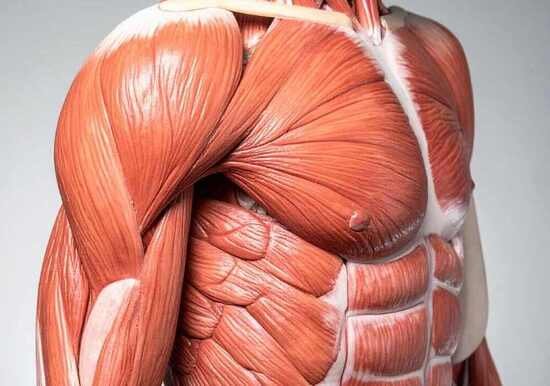
To gain strength effectively, you must target all major upper body muscle groups:
- Chest (Pectorals)
- Back (Latissimus Dorsi, Rhomboids, Trapezius)
- Shoulders (Deltoids)
- Arms (Biceps and Triceps)
- Core (Abdominals and Obliques)
A balanced training routine will ensure symmetrical development and optimal performance.
Bodyweight vs Equipment Workouts: Which Builds More Strength?
When deciding between bodyweight vs equipment workouts, it’s important to understand the strengths of each approach. Bodyweight workouts like push-ups, pull-ups, and dips are exceptional for building functional strength and joint stability using your own mass as resistance. These exercises are accessible, require minimal setup, and can be adapted for any fitness level.
On the other hand, equipment workouts—including bench presses, lat pulldowns, and dumbbell shoulder presses—allow for precise resistance control and progressive overload, which is essential for maximizing hypertrophy and raw strength.
The best strategy? A hybrid approach that combines both methods. This not only provides muscular balance but also ensures you continue progressing regardless of your training environment.
Hybrid Workout Plans for Upper Body Strength
A hybrid workout plan blends compound bodyweight movements and equipment-based isolation exercises. Here’s a sample 3-day upper body-focused routine:
#1 – Push (Chest, Shoulders, Triceps)
- Barbell Bench Press – 4 sets of 6-8 reps
- Incline Dumbbell Press – 3 sets of 8-10 reps
- Bodyweight Dips – 3 sets to failure
- Overhead Dumbbell Press – 4 sets of 10 reps
- Triceps Rope Pushdown – 3 sets of 12-15 reps
#2 – Pull (Back, Biceps)
- Weighted Pull-Ups – 4 sets of 6-10 reps
- Barbell Bent-Over Rows – 4 sets of 8 reps
- Seated Cable Rows – 3 sets of 10-12 reps
- Hammer Curls – 3 sets of 12 reps
- EZ Bar Curls – 3 sets of 15 reps
#3 – Core & Functional Upper Body
- Push-Up Variations (wide, diamond, archer) – 4 rounds
- TRX Rows – 3 sets of 15 reps
- Kettlebell Swings – 4 sets of 20 reps
- Plank to Push-Up – 3 sets of 1 minute
- Ab Wheel Rollouts – 3 sets of 10 reps
This structure lets you benefit from both bodyweight vs equipment workouts, maximizing versatility and strength development.
Progressive Overload: The Cornerstone of Strength Gains
To consistently gain upper body strength, you must apply progressive overload—gradually increasing resistance, volume, or intensity. Here’s how:
- Add weight every 1–2 weeks
- Increase reps or sets over time
- Shorten rest periods for endurance
- Slow down tempo for time-under-tension
- Enhance range of motion for deeper muscle activation
Tracking your lifts with a training journal or fitness app is essential to measure progress and break through plateaus.
Nutrition for Upper Body Strength
You can’t out-train a poor diet. Your macronutrient intake must support muscle repair and growth.
- Protein: Aim for 1.6–2.2g per kg of body weight daily.
Excellent sources: chicken, eggs, Greek yogurt, whey protein. - Carbohydrates: Fuel your workouts with complex carbs like oats, sweet potatoes, brown rice.
- Fats: Support hormonal health with avocados, olive oil, nuts, and seeds.
- Hydration: Water aids in nutrient delivery and muscle recovery—target at least 3 liters per day.
Also, consider supplements like creatine monohydrate, BCAAs, and omega-3s for enhanced recovery and performance.
Recovery and Rest: The Secret Weapon
Strength is built during recovery, not just in the gym. Overtraining leads to fatigue, injury, and stalled progress. Optimize recovery by:
- Getting 7–9 hours of sleep per night
- Incorporating active rest days (walking, yoga)
- Using foam rollers and massage guns for myofascial release
- Deloading every 4–6 weeks with lighter training
Best Equipment for Upper Body Workouts at Home
You don’t need a full gym to build a powerful upper body. Start with these essentials:
- Adjustable dumbbells
- Pull-up bar
- Resistance bands
- Dip station or parallel bars
- Bench (flat/incline)
- TRX or suspension trainer
This gear supports versatile training and allows for progressive overload in a home setup.
Common Mistakes That Sabotage Strength Gains
Avoid these pitfalls that can limit your progress:
- Skipping warm-ups or mobility drills
- Poor form, which can lead to injury
- Not training all muscle groups equally
- Neglecting core and stabilizers
- Inconsistent workouts or nutrition
Discipline, proper programming, and regular self-assessment are key to lasting strength.
Tracking Progress and Staying Motivated
Use these methods to monitor and boost your gains:
- Take progress photos monthly
- Record personal bests in a strength journal
- Join a fitness community or hire a coach
- Set short and long-term goals with realistic timelines
- Celebrate small wins to stay inspired
Conclusion: Build Strength That Lasts
Gaining upper body strength is a systematic process that requires strategic training, consistent progression, and supportive nutrition. By integrating bodyweight vs equipment workouts, following hybrid workout plans, and making recovery a priority, you’ll develop impressive and functional upper body power that lasts.
Train smart. Eat right. Recover hard. Repeat.

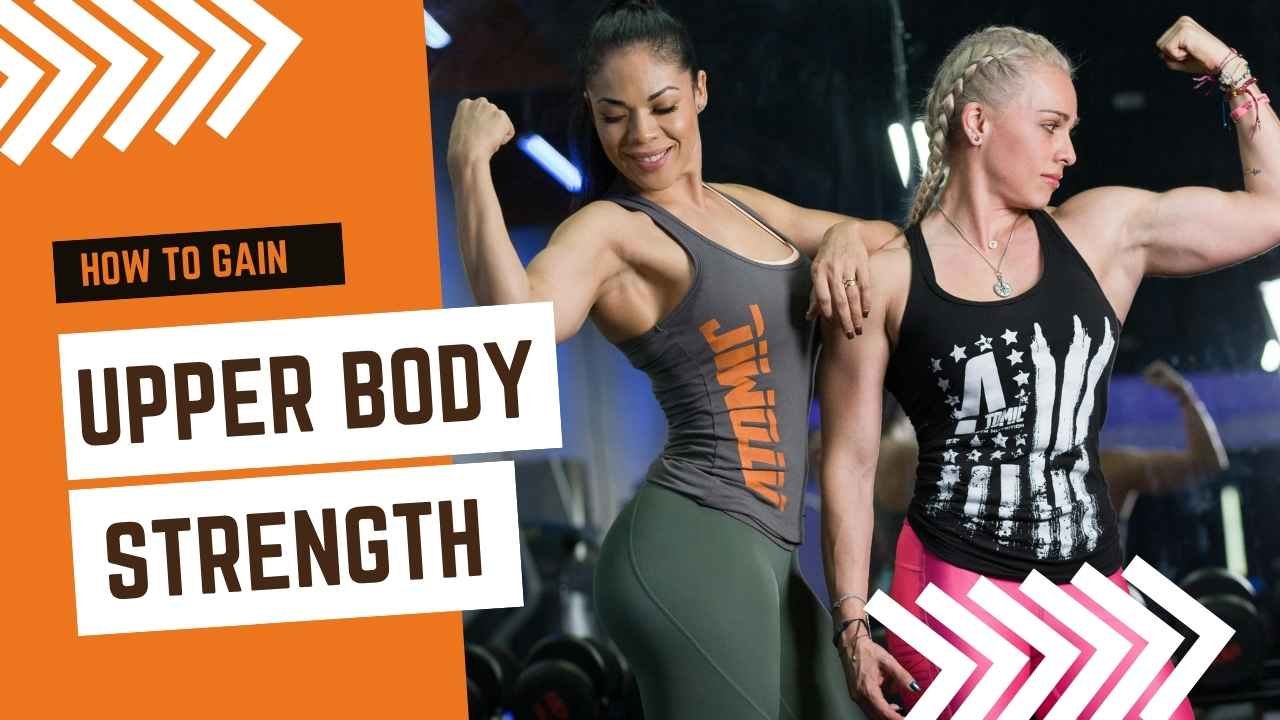
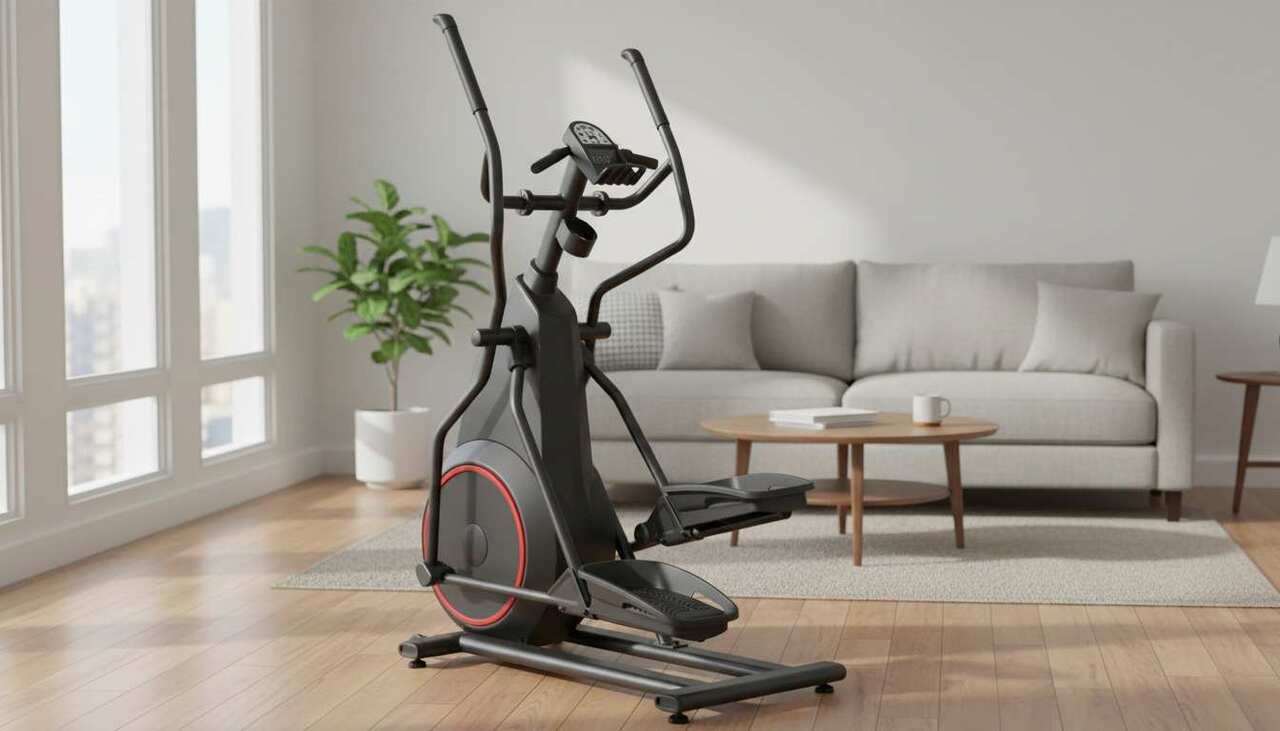

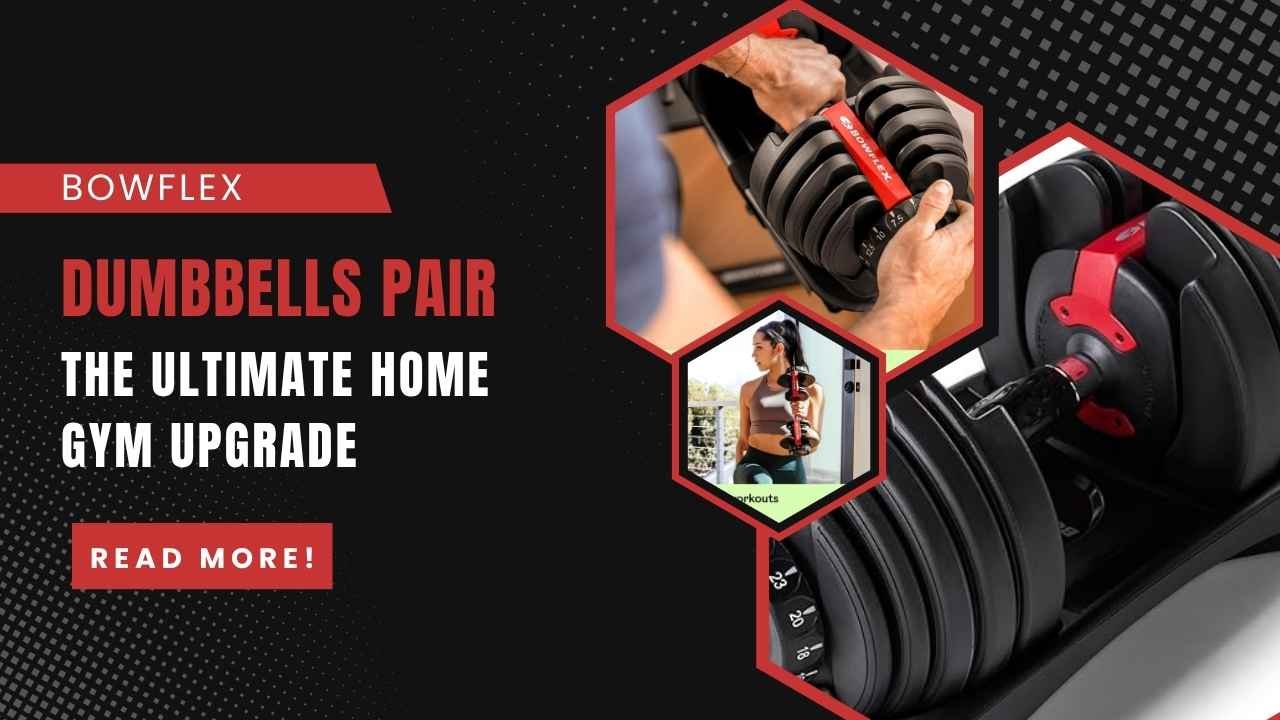
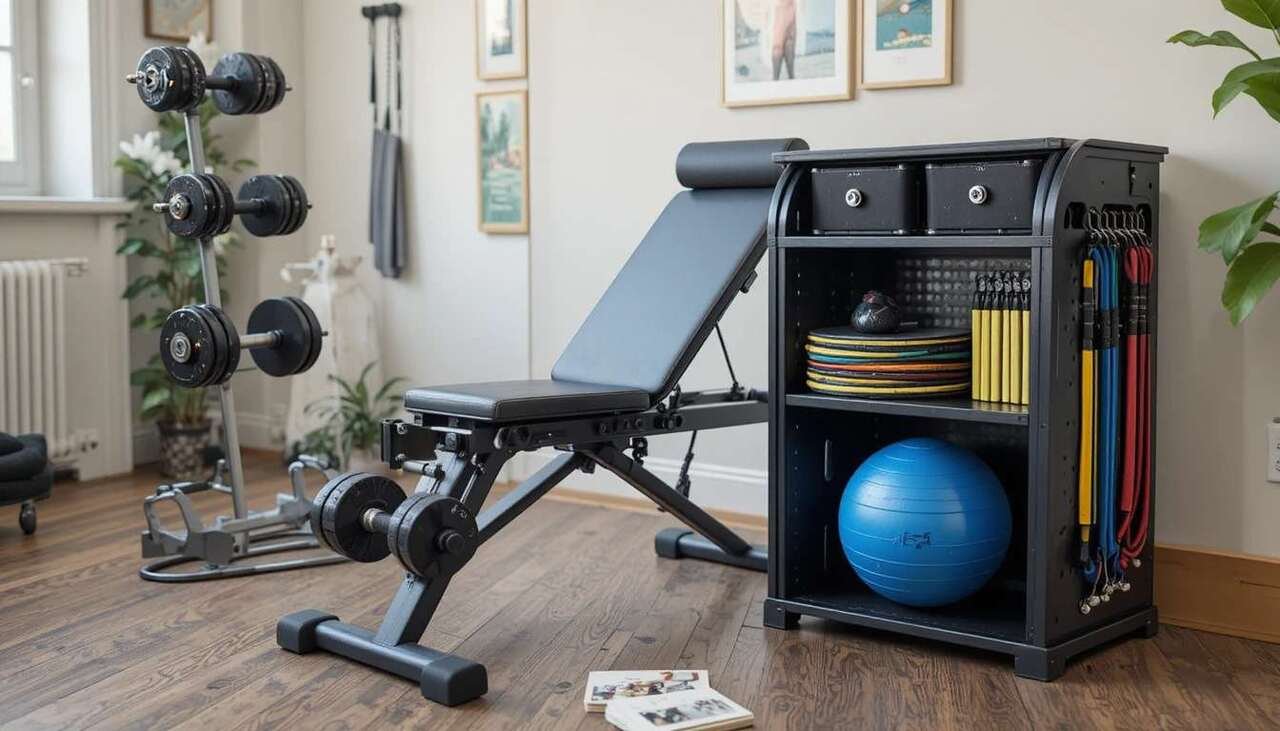

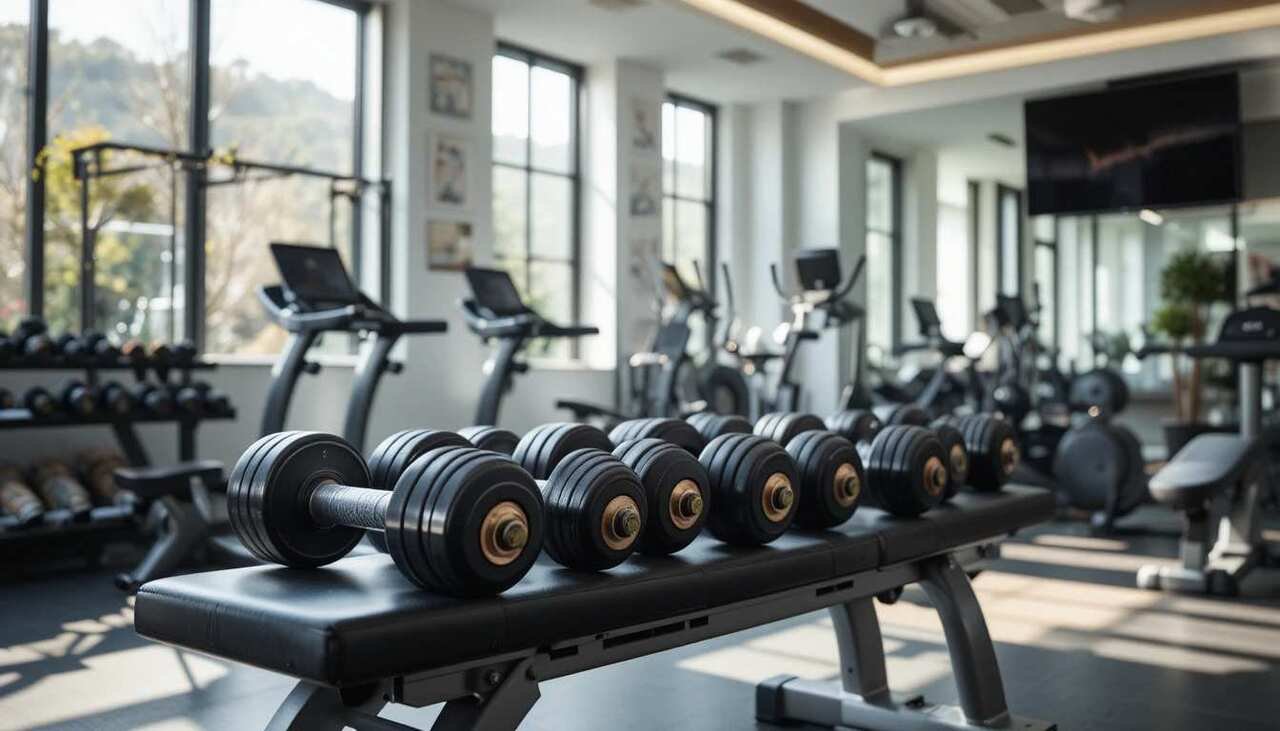
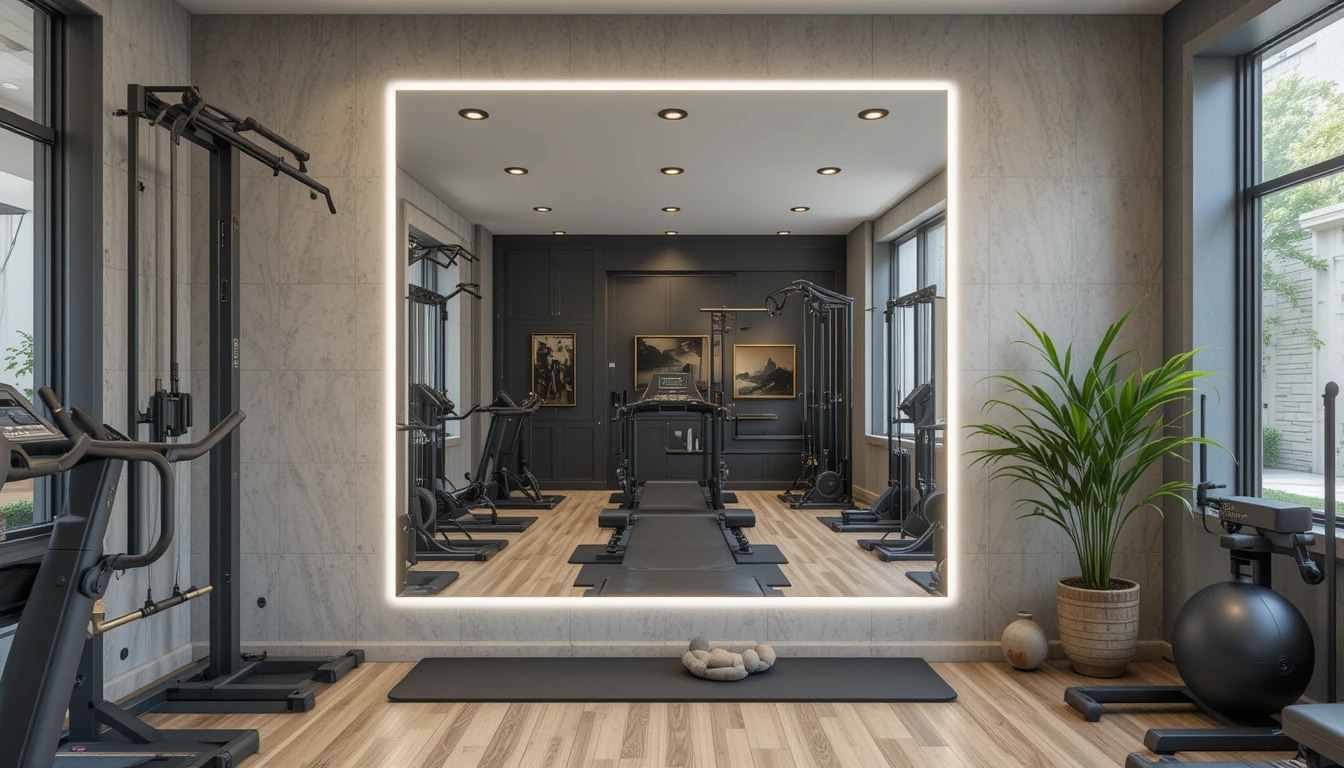

Leave a Reply